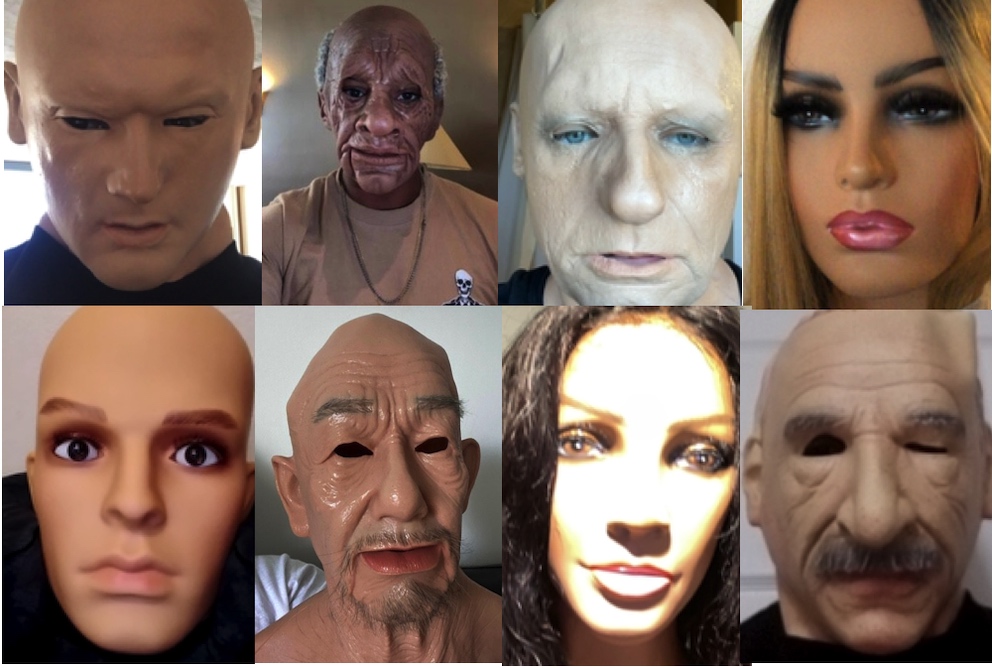Hackers are finding new ways to infiltrate personal data through facial-recognition systems. Spoofing face ID doesn’t require sophisticated software, and one of the most common ways of doing so is cutting the eyes out of someone’s photo and using it as a mask.
As facial identification has become the most widely adopted applications of AI, fraudsters are tapping into it to claim unemployment benefits, access digital wallets and to get through high-security entrances at hotels, business centers or hospitals.
These Face ID biometrics are being used to verify our identities in order to gain access to money.
In 26 states including Florida which was first to notice a trend, thousands of try to trick facial IDs in order to claim fraudulent state unemployment benefits.
Here’s what’s hair-raising according to ID.me a leading identity verification firm.

ID.me logged more than 80,000 attempts to for the selfie step in government ID matchups from June 2020 to January 2021.
The way the cyber scammers are doing it is both brazen and shameful. Techniques include wearing special facemask, using deep fakes made by combining a lot of photos of one person into a 3-D image or video, and trying every way to visually for the identity systems even holding up their phones to a camera.
Facial recognition biometric security has long been considered stronger than passwords. Not so fast, these vulnerabilities are suddenly showing that criminal elements are out to impersonate in order to rob us blind.

Here’s what to look out for now.
The most clear danger is access to digital wallets on smartphones, logging into financial accounts and breaking into retirement and unemployment insurance benefits to defraud.
Google, Apple and Facebook are working on ways to strengthen biometrics from these facial recognition failures. In the meantime, use as much security on your own devices to make it harder for these new digital criminals to succeed.
That means battling these criminals with both awareness and proactively installing security software to protect all of your devices including windows, Mac, iOS and Android.
These are the top security application solutions I have tested and recommend.
Best Anti-Virus Software and Apps to Protect Against Malware
One of the top anti-virus apps for Macs, Windows, Android phones and iPhones is TotalAV. Their product is full of features to keep you safe from malware and protect you when browsing the internet including ransomware protection, real-time antivirus protection, elimination of viruses and malware, a tool to free up your computer’s space, plus more. Limited time deal for CyberGuy readers: $19 your first year (80% off)
You can check out our review of other anti-virus apps, here: Best Antivirus Security Software and Apps to Protect You 2022.
No matter what protection you decide to use, awareness is half the battle. Keep second and third guessing every suspicious sense you feel in your gut when engaged in technology, reading email and texts.
Share this with anyone who may find this helpful by clicking the share button at the top of this article.


